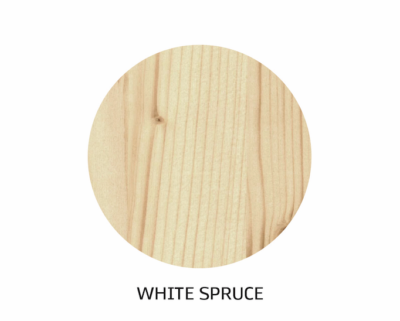The stress reducing effects of outdoor nature are well documented from a scientific perspective. Exposure to nature has been shown lower blood pressure, heart rate, and aggression. Nature also increases the ability to focus attention and perform concentration and creative tasks.
The positive benefits of nature are highly desirable for stress reduction, recovery, attention, and general healthy living. However, an average American spends only 6% of their time outdoors. They spend an additional 6% in their cars and the remaining 88% of their time indoors.
Numerous studies have proven that the presence of wood in the built indoor environment reduces sympathetic nervous system (SNS) activation. SNS activation is the way that the body prepares itself to deal with stress. SNS activation increases blood pressure and heart rate. It also inhibits digestion, recovery, and repair functions in the body in order to deal with immediate threats. However, when the body spends prolonged periods in an SNS activated state health suffers both physiologically and psychologically. Wood, therefore, is one way to create a healthier built environment.
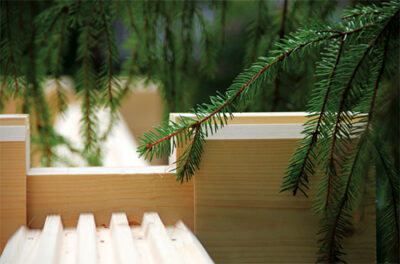
The feeling of unity with nature, light aroma of fresh wood, clean air, optimal temperature, and humidity – everything in a wooden house contributes to relaxation and pacification. Living in such conditions is very useful to anyone who suffers from nervous system disorders, constant stress, insomnia, and headaches. Even the color of the wood, which can distract from problems and put nerves in order, contributes to calm and rehabilitation after experiencing.
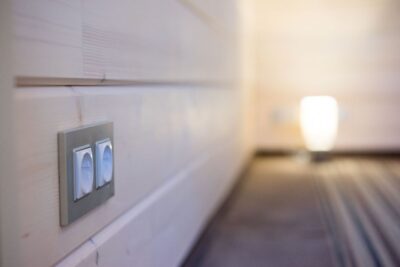
When the air is too dry bacteria and dust mites breed. When the moisture level is too high, mold and fungi appear. This causes a risk of respiratory infection, as well as worsens existing respiratory conditions. The humidity level inside a wooden house is always at 45 – 57% – optimal level for human health! This moisture level prevents the natural spread of infections.
The main advantage of a wooden house is that the wood always absorbs excessive humidity from the inside air, and when the air becomes too dry, it will give the moisture back. This unique ability of wood to regulate the most beneficial moisture balance for the human body is a major factor in the benefits of a wooden house. Therefore, a wood house is a perfect fit for those suffering from conditions such as allergies and asthma.
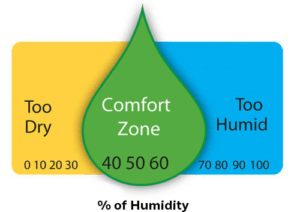
Wood performs well acoustically, it is naturally sound-damping, offering excellent noise control. It absorbs sounds and creates a calming, relaxing atmosphere.

Solid timber construction enables us to build buildings with a reduced carbon footprint due to the materials and processes employed. It also enables us to build buildings with a net zero carbon footprint due to the carbon sequestered in the building structure. Solid timber construction enables us to construct the buildings we require without destroying the environment we live in. Solid timber construction is the future of construction, it is also our future.
Trees are a 100% renewable resource. This is the underlying factor in sustainability. Being a responsible timber producer, we take care of this unique and renewable resource. The company invests in reforestation, considers comfortable habitats of plants and animals, state of water, soil and unique landscapes, preserving biodiversity and balance between active logging activities and conservation of affected ecosystems for future generations. Working with the forest, we systematically improve its quality and composition so that several new trees grow in place of each harvested one.
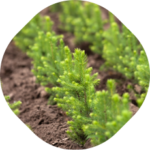
As an FSC-certified manufacturer we guarantee a healthy and eco-friendly log house. The whole production chain from logging to house manufacturing is certified by FSC – one of the most respected international organisations for responsible forestry.

We do not use rare types of wood, cutting down which causes irreparable damage to the environment. Our houses are made of northern white spruce – reliable and durable wood material. It has a beautiful even colour and small knots that don’t stand out as clearly as in other coniferous species, such as pine, for example, which has a more uneven, reddish colour. The cellular structure of spruce is closed, which gives it good resistance against harsh weather conditions
